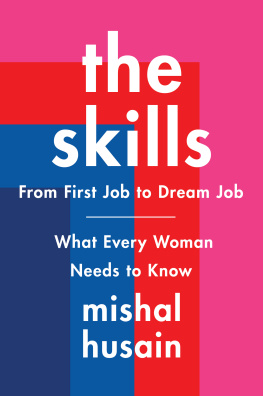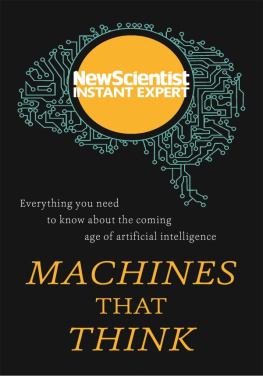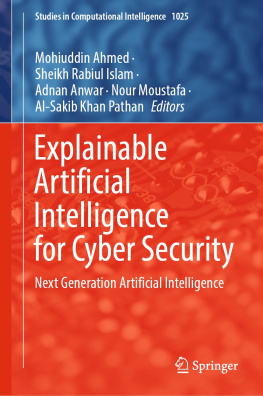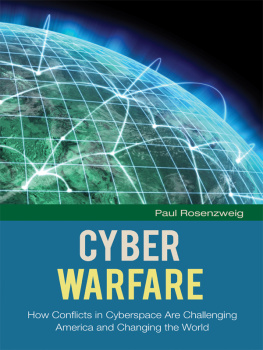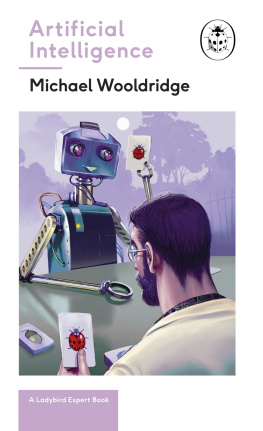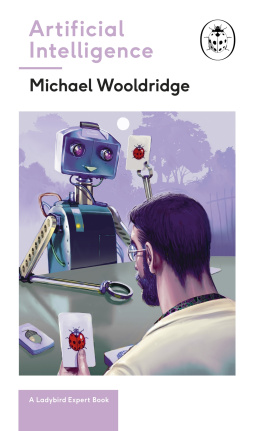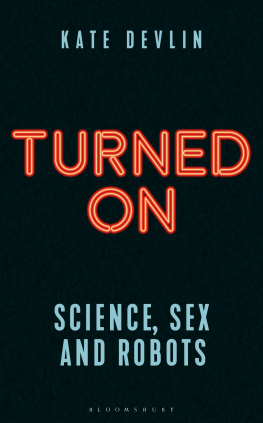Thank you for downloading this Simon & Schuster ebook.
Get a FREE ebook when you join our mailing list. Plus, get updates on new releases, deals, recommended reads, and more from Simon & Schuster. Click below to sign up and see terms and conditions.
CLICK HERE TO SIGN UP
Already a subscriber? Provide your email again so we can register this ebook and send you more of what you like to read. You will continue to receive exclusive offers in your inbox.
We hope you enjoyed reading this Simon & Schuster ebook.
Get a FREE ebook when you join our mailing list. Plus, get updates on new releases, deals, recommended reads, and more from Simon & Schuster. Click below to sign up and see terms and conditions.
CLICK HERE TO SIGN UP
Already a subscriber? Provide your email again so we can register this ebook and send you more of what you like to read. You will continue to receive exclusive offers in your inbox.

Scribner
An Imprint of Simon & Schuster, Inc.
1230 Avenue of the Americas
New York, NY 10020
www.SimonandSchuster.com
Copyright 2017 by Amir Husain
All rights reserved, including the right to reproduce this book or portions thereof in any form whatsoever. For information, address Scribner Subsidiary Rights Department, 1230 Avenue of the Americas, New York, NY 10020.
First Scribner hardcover edition November 2017
SCRIBNER and design are registered trademarks of The Gale Group, Inc., used under license by Simon & Schuster, Inc., the publisher of this work.
For information about special discounts for bulk purchases, please contact Simon & Schuster Special Sales at 1-866-506-1949 or .
The Simon & Schuster Speakers Bureau can bring authors to your live event.
For more information or to book an event, contact the Simon & Schuster Speakers Bureau at 1-866-248-3049 or visit our website at www.simonspeakers.com.
Jacket design by David Litman
Jacket art by Milton Lopez
Library of Congress Cataloging-in-Publication Data has been applied for.
ISBN 978-1-5011-4467-7
ISBN 978-1-5011-4469-1 (ebook)
Dedicated to the children of tomorrow. May you elevate the human condition.
CONTENTS
PROLOGUE: A BOYS DISCOVERY
I remember exactly where I was when I first saw it . I was four years old, visiting my friends house in Lahore, Pakistan, and the glimmer of its flickering screen caught my eye. There it was, sitting on their TV console: the Commodore 64the most popular personal computer on the market in 1982. It was connected to a television screen and running the game Hangman, an early version of the video games we know so well today. The television was a fixture in my home and I knew that it played images and sounds on the screen. But this machine was worlds away from mere TV. Television was, in a sense, immutable. Predetermined. This machine, on the other hand, was acting as a result of my inputs. This was a device I could impact with my own ideas. Ideas could flow through my fingertips and end up on that screen.
As soon as we left my friends house, I returned home and immediately set to work with spare pieces of broken and discarded toys and old cardboard boxes and packages. Look, I called out to my parents, I made a computer! The discovery of this machine felt as tactile as holding a paintbrush or a piece of modeling clay in my hand. A computer could serve as my ultimate tool of creativity. This was the means by which I would impact the world.
Since that day in 1982, Ive never wanted to do anything else. I never wanted to be a fireman or a doctor or an astronaut. Today, even after having lived thirty-eight years immersing myself in this one pursuit, I am nowhere close to being done. Computing is one of the great drivers in my life.
Some of you will immediately relate to my experience with the Commodore 64, while others will find this whole tale quite foreign. For those of you who dont have an affinity for computers and the science around them, I would like to invite you into my world. Before we can begin to discuss the future of artificial intelligence and our role, as humans, in relation to these machines, we should first take a moment to appreciate what makes computing concepts so elegant and wondrous. My goal is to communicate the beauty inherent in this way of thinking about the world so that you might better appreciate how humanity can live and thrive amid this coming age of sentient machines.
One of my influences in the computer science department at the University of Texas at Austin, and one of the greatest computer scientists in history, Edsger Dijkstra, argued that we were not studying computer science but rather computing science. In this way, he acknowledged that the computer was an outgrowth of a perspective on the world, a way of contending with reality. His approach took computer science outside the realm of technical understanding and placed it firmly in the grip of some of the deepest and most profound concepts in our understanding of existence.
Needless to say, computer science is not just about devices. This became startlingly clear to me when I was around eleven years old. My father handed me a general-interest magazine called Dialogue , distributed in Pakistan by the United States Information Service (USIS). In the pre-Internet days, books and publications like these were some of the ways to get information, so though the magazine itself was nothing extraordinary, the information inside was precious. I opened it up and immediately took in the title of one of the main features about computer scientist and physicist Ed Fredkin: Is the Universe a Computer? In those five words, a notion with profound explanatory power came together for me. It confirmed that the richest concepts in computer science come to us directly from nature.
Take programmability, for example. When you want to build something, you have two options: the first is to simply build it yourself by directly carrying out the necessary steps; the second is to create a machine that can carry out the steps for you. When you write a program, you are essentially providing a recipe to something that can interpret and carry out many types of these recipes, or repeatedly apply the same one. Change a few words here or a command there, and the output can become entirely different. This ability to transform outcomes with ease is the essence of programmability. The instructions processed by a computer are the programs; inside these programs are codified ideas that solve problems like sorting numbers, searching text, or transforming images. These are known as algorithms. With systems like computers, there is the flexibility of using programming to build not just one thing but many, many things. What if a program could write itself? What if the system interpreting a programalso a programcould be modified? In this universe, everything is fungible with little to no cost. A programmer can simply will things into being.
This very same concept of programmability is also reflected in biology and the natural world. Think of DNA: the ultimate code. In fact, all complex biological forms in nature are consequences of computations and transformations directed by DNA. Fractals are another example, as these never-ending patterns are self-similar across all different scales. There is no way for a human to pick up a paintbrush and paint a complete fractal. You can only ever employ computation to create its form. Of course, nature creates shapes like this all the time in snowflakes, seashells, clouds, trees, and coastlines. So is nature, then, a computer?


